From National Review Online:
Thomas Sowell
Archive
Latest
Log In
October 28, 2010 12:00 A.M.
Forgetting the Constitution
The assurance that “separation of church and state” is in the Constitution shows our elites’ ignorance.
Politics is not the only place where some pretty brassy statements have been made and repeated so often that some people have accepted these brassy statements as being as good as gold.
One of the brassiest of the brass oldies is the notion that the Constitution creates a “wall of separation” between church and state. This false notion has been so widely accepted that people who tell the truth get laughed at and mocked.
A recent New York Times piece said that it was “a flub of the first order” when Christine O’Donnell, Republican candidate for senator in Delaware, asked a law school audience, “Where in the Constitution is the separation of church and state?” According to the New York Times, “The question draw gasps and laughter” from this audience of professors and law students who are elites-in-waiting.
- - - - - - - - - - - - - - - - - - - - - - - - - - - - - - - - - - - - - - - - - - - - - - - - -
ADVERTISEMENT
- - - - - - - - - - - - - - - - - - - - - - - - - - - - - - - - - - - - - - - - - - - - - - - - -
The New York Times writer joined in the mocking response to Ms. O’Donnell’s question, though admitting in passing that “in the strictest sense” the “actual words ‘separation of church and state’ do not appear in the text of the Constitution.” Either the separation of church and state is there or it is not there. It is not a question of some “strictest” technicality.
The First Amendment to the Constitution of the United States begins, “Congress shall make no law respecting an establishment of religion.” There is absolutely nothing in the Constitution about a “wall of separation” between church and state, either directly or indirectly.
That phrase was used in a letter by Thomas Jefferson, who was not even in the country when the Constitution was written. It was a phrase seized upon many years later, by people who wanted to restrict religious symbols, and it has been cited by judges who share that wish.
There was no mystery about what “an establishment of religion” meant when that phrase was put into the Constitution. It was not an open-ended invitation to judges to decide what role religion should play in American society or in American government.
The Church of England was an “established church.” That is, it was not only financed by the government, its members had privileges denied to members of other religions.
The people who wrote the Constitution of the United States had been British subjects most of their lives, and knew exactly what an “established church” meant. They wanted no such thing in the United States of America. End of story — or so it should have been.
For more than a century, no one thought that the First Amendment meant that religious symbols were forbidden on government property. Prayers were offered in Congress and in the Supreme Court. Chaplains served in the military and presidents took their oath of office on the Bible.
But, in our own times, judges have latched onto Jefferson’s phrase and run with it. It has been repeated so often in their decisions that it has become one of the brassiest of the brass oldies that get confused with golden oldies.
As fundamentally important as the First Amendment is, what is even more important is the question whether judges are to take it upon themselves to “interpret” the law to mean whatever they want it to mean, rather than what it plainly says.
This is part of a larger question, as to whether this country is to be a self-governing nation, controlled by “we the people,” as the Constitution put it, or whether arrogant elites shall take it upon themselves to find ways to impose what they want on the rest of us, by circumventing the Constitution.
Congress is already doing that by passing laws before anyone has time to read them and the White House is likewise circumventing the Constitution by appointing “czars” who have as much power as cabinet members, without having to go through the confirmation process prescribed for cabinet members by the Constitution.
Judges circumvent the Constitution by reading their own meaning into its words, regardless of how plain and unequivocal its words are.
The Constitution cannot protect us and our freedoms as a self-governing people unless we protect the Constitution. That means zero tolerance at election time for people who circumvent the letter and the spirit of the Constitution. Freedom is too precious to give it up in exchange for brassy words from arrogant elites.
— Thomas Sowell is a senior fellow at the Hoover Institution. © 2010 Creators Syndicate, Inc.
Thursday, October 28, 2010
Subscribe to:
Post Comments (Atom)
.gif)



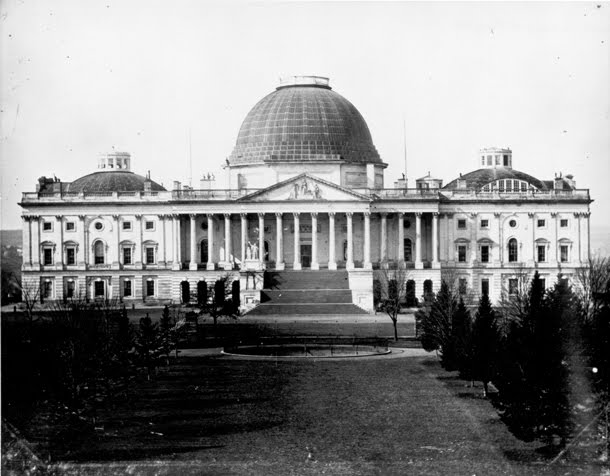









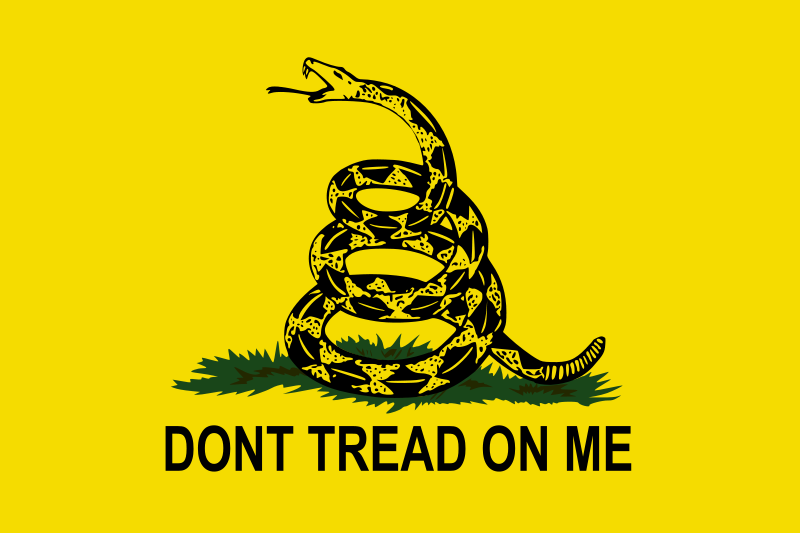
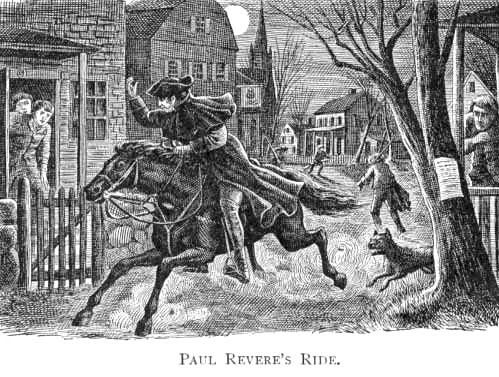

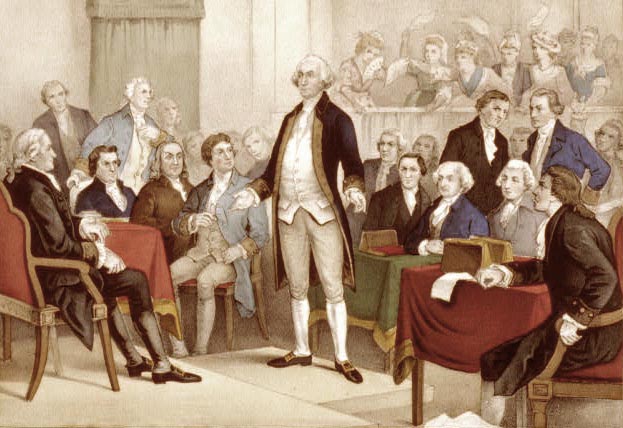

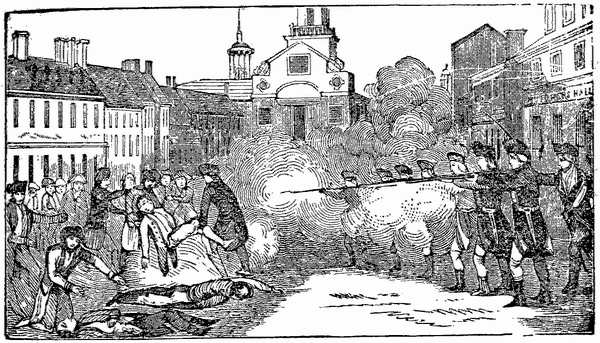
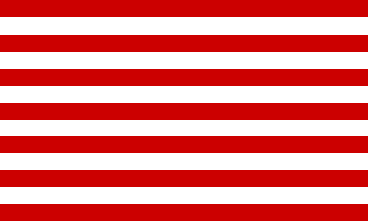
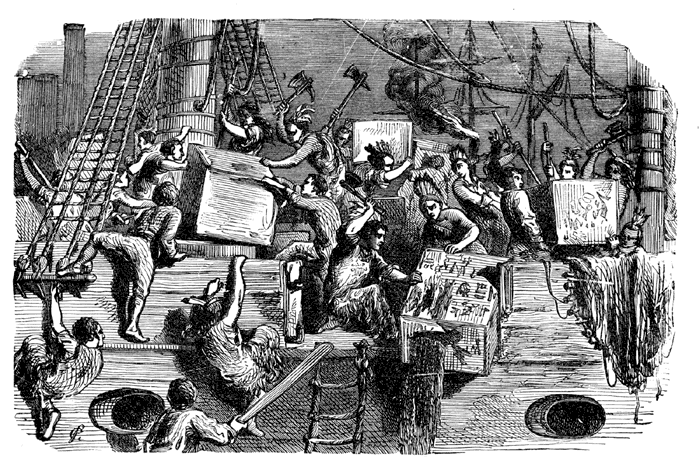




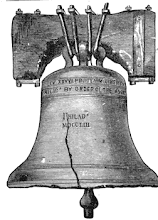




No comments:
Post a Comment